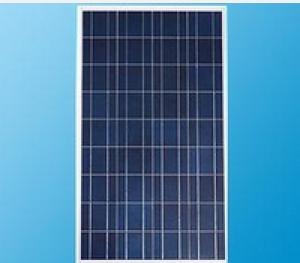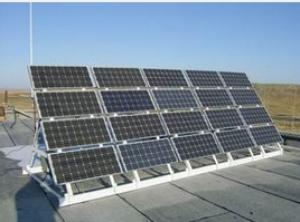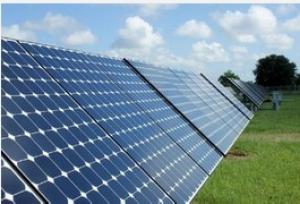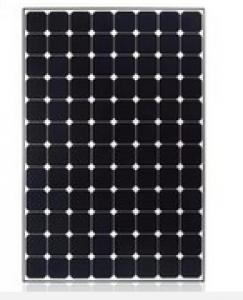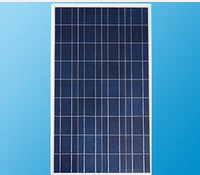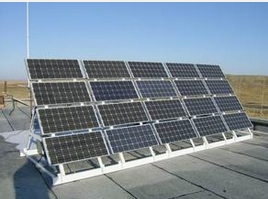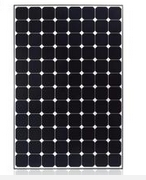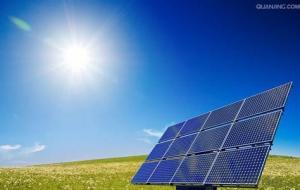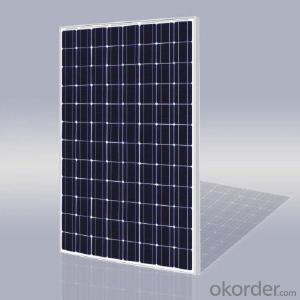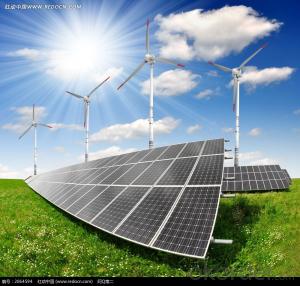Solarworld Solar Panels - 250W Mono Block Solar Module
- Loading Port:
- China Main Port
- Payment Terms:
- TT OR LC
- Min Order Qty:
- -
- Supply Capability:
- -
OKorder Service Pledge
Quality Product, Order Online Tracking, Timely Delivery
OKorder Financial Service
Credit Rating, Credit Services, Credit Purchasing
You Might Also Like
We are in the position to supply you solar panels(20w~310w).
*Featured products in our warehouses and factory:
Poly 245w,250w (60 cells) Mono 260w -Black (60 cells)
*800MW annual production capacity with full-automatic production line
*All our solar panels are insured by CHUBB
*Bankable in Italy(Unicredit) and Australia(HSBC)
*Certificates: TUV, PV CYCLE, MCS, CE, JPEC, UL, ISO, ICIM and CEC
*Warehouses in Holland and Australia
- Q: What are solar panels?
- Solar panels are a collection of photovoltaic cells, that are used to generate electricity, from light. Here is the simple explanation from wikipedia, concerning photovoltaic cells . Photons in sunlight hit the solar panel and are absorbed by semiconducting materials, such as silicon. 2. Electrons (negatively charged) are knocked loose from their atoms, allowing them to flow through the material to produce electricity. The complementary positive charges that are also created (like bubbles) are called holes and flow in the direction opposite of the electrons in a silicon solar panel. 3. An array of solar panels converts solar energy into a usable amount of direct current (DC) electricity. Solar panels are used extensively for power generation in many places, but most space applications (like satellites and spacecraft) use solar panels. If you look at a picture of the current configuration of the International Space Station, the giant wing things are the solar panels.
- Q: How can solar panels be integrated into building designs?
- Solar panels can be integrated into building designs by incorporating them into the roof or facade of the building. This involves installing solar panels in a way that seamlessly blends with the architecture while maximizing exposure to sunlight. Additionally, solar panels can also be integrated into shading devices, windows, or canopies to generate electricity while providing additional functions such as shading or daylighting.
- Q: I'm thinking of these solar panels that people have on their rooftops in domestic properties. I suppose I mean after how long do you break even with respect to just carrying on without them and getting you electricity from the utilities companies? Or answer in any way you think is pertinent. The more info the better.
- The payback period for a solar PV installation is based upon the cost of the installation compared to the savings achieved. Therefore if you installed a modest set of panels yourself, did not need on site electrical storage and did not have any permitting fees but did enjoy rebates you would be doing better than if the installation costs were high, the solar equipment was expensive, you had to purchase storage batteries, it was costly to maintain and permitting was absurd. On the other side of the equation if your electrical use is high, you perhaps own an EV or you can sell power at a high rate then the costs you will be offsetting will be higher and the payback period will be lower. If your electrical use is minimal, there is no time of use metering available the payback period will be higher. Some of the costs you may be offsetting may not be electrical. If you concurrently purchased an EV then you may be offsetting the cost of gasoline which would be higher than electricity. Overall rebates and incentives play a major role. I have seen payback periods as low as 3 years claimed (commercial installation with special city tax breaks) and as long as over 20. A bell curve would probably find most of the installations in the 7 to 5 year category. A solar thermal installation (for hot water, heating and sometimes AC) is far more efficient and most would be in the range of 2 to 8 years.
- Q: How much electricity can a solar panel produce?
- The amount of electricity a solar panel can produce depends on various factors such as the size and efficiency of the panel, the amount of sunlight it receives, and the location. On average, a standard solar panel can produce anywhere between 250 to 400 watts of electricity per hour.
- Q: What is the average lifespan of a solar panel?
- The average lifespan of a solar panel is typically around 25 to 30 years.
- Q: Can solar panels be installed on airports?
- Yes, solar panels can be installed on airports. In fact, many airports around the world have already adopted solar energy systems to power their operations and reduce their carbon footprint. Solar panels can be installed on the roofs of airport buildings, canopies in parking lots, or even on open land surrounding the airport. They provide a sustainable source of clean energy and contribute to the overall sustainability efforts of the aviation industry.
- Q: am having a 75 watts siemens solar panel and is giving me 2.89volts during bright light, i wanted to know can this be used to charge 00Am/hr battery?
- Many of the panels used on homes are designed to produce 2 volts DC. 0 of them wired in a series would produce 20 volts DC. An inverter is used to change the DC voltage to AC. The other aspect of electricity is amperage. With electrical units wired in series the voltage is added. When they are wired in parallel the amperage is added. The Volts x Amps produced will give you the wattage. A wise homeowner will examine their electric bills or the equipment used to determine their demand. They will consult tables that let them know how much sunlight their area receives each year as this will alter the rated performance of the panels. Then they will try and determine how much of the demand they want to fill. 80% may be economical. Then they also want to determine what they will do with excess electricity that may be produced during the summer months of intense sun and how they will supply the shortfall of low sun winter months. From all this they will determine the number of solar panels they need to purchase.
- Q: I'm thinking of getting a solar panel for my house to help cut back on power use (I live in New Mexico). What sort of appliances can I run on a watt solar panel? Is it worth it to get a single watt panel or is it more efficient to get a multi-watt panel?
- If it's sunny and you have 500 of them, you can almost power a hair dryer... Look at the WATTS.... 40 of those panels can power one crappy light...
- Q: Can anyone give me a simple but informative explanation on how solar panels produce electricity/power? Thank you!
- The the very first thing to comprehend is that there's not anything difficult approximately a sun panel. It is not anything greater than a number of sun or PV cells on a board that's outfitted to essentially the most suitable side of your dwelling, mostly at the roof. There are courses available in the market that educate you methods to construct a sun panel and a windmill for simply $a hundred and fifty, and it’s very handy to make. Best of all, you'll be able to keep 70% or extra for your vigour invoice, including as much as enormous quantities of greenbacks each and every yr in financial savings. I reviewed each unfastened courses and paid courses and feature arise with our most sensible to Build your possess sun panels.
- Q: Does anyone own any and would you recommend them? right now i only own solar stake lights and i use them during the summer in my yard. But during the winter i take them out because they don't charge well. I live in toronto canada where it snows a lot during the winter, would it even be worth it to buy solar panels? Would they get covered with snow if the were mounted on my roof and get ruined? I plan on buying some when i purchase my own home.Any info would be appreciated:)
- I okorder ... to size a system for your home. There is a link on the page to a world solar insolation map so you know how many sun hours you have per day on an avg. Should not take you more then a half hour to get a good idea of what it will cost you and which package system should work. Good luck on going green and don't let the Oil and Nuke people bring you down. They are just looseing money when you make your own power and their nuke power plant goes off line and not replaced. Some one above said solar cost more.. That is not true. I don't know about other countries but here the cost of living is about 3.5% per year so it is compounded each year. Then there is the rise in fuel cost which is 6.5% per year which will increase. But think about it you are buying 30 years of electric for 34000 dollars. If your electric bill was at current prices 00 dollars a month you would pay 36,000 dollars in 30 years. Now add in the 3.5% cost of living compounded each year for 30 years and the fuel increses . You will pay the public utilie 00,000 in that time frame
Send your message to us
Solarworld Solar Panels - 250W Mono Block Solar Module
- Loading Port:
- China Main Port
- Payment Terms:
- TT OR LC
- Min Order Qty:
- -
- Supply Capability:
- -
OKorder Service Pledge
Quality Product, Order Online Tracking, Timely Delivery
OKorder Financial Service
Credit Rating, Credit Services, Credit Purchasing
Similar products
Hot products
Hot Searches
Related keywords

